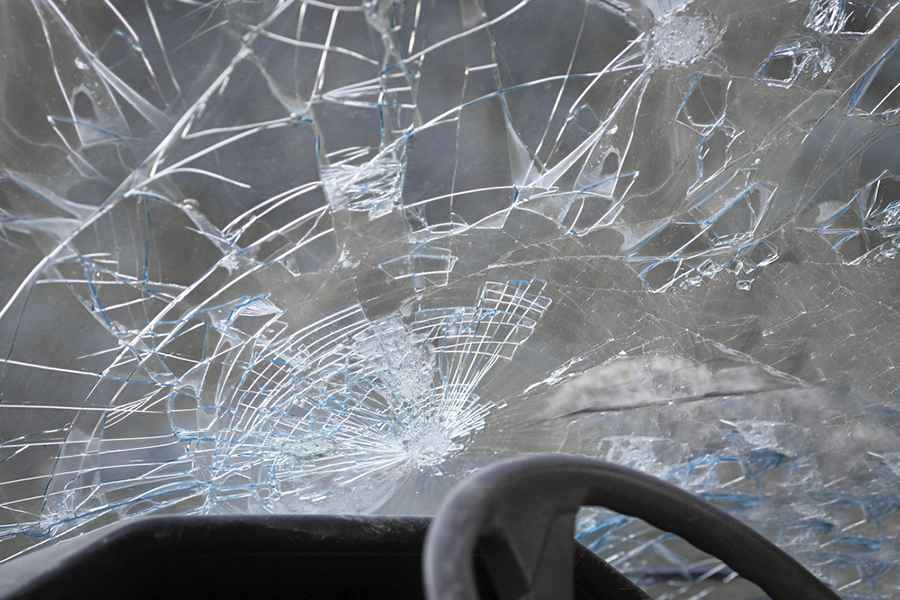Five Common Types of Car Accidents and Legal Options for Victims
According to the WHO, every year, the lives of approximately 1.3 million people are cut short due to a road traffic crash. Between 20 and 50 million more people suffer non-fatal injuries, with many incurring a disability due to their injury.

Bakersfield residents experience 3,200 collisions each year. Among these, rear-end and angle collisions are the two most common car accidents, which can cause broken bones and severe soft tissue damage. After any significant accident, the legal option is the best way forward. Legal compensation can help injured drivers to seek the best medical treatment. It can recover wages for lost work hours and facilitate financial rehabilitation.
If you are seeking legal restitution after incurring injuries in a car accident, consider hiring competent legal help. The following dives into the most common types of car accidents. The nature of the accident is vital to the claims filing.
Rear-End Collisions
Insurers say that rear-end collisions are the most common reason for car insurance claims. They’re often caused by following poor distances, particularly when roads are slippery in inclement weather. Distracted or drunk drivers are also prone to this form of accident. Road rage, speeding, and fatigue can all fall under negligence claims.
Drivers must keep a three-second following distance to allow the cars ahead of them to stop safely. They could be liable if the at-fault driver failed to keep that distance. Therefore, the rear vehicle is usually responsible for this kind of accident. In exceptional cases, the front driver can cause the crash by stopping too suddenly. Cutting corners on maintenance can also be to blame. The victim can seek compensation if the rear vehicle’s brakes are faulty.
Parked Car Collisions
20 percent of car accidents happen in parking lots. You might think of a parked car accident as minor, but it can be more catastrophic than you might think. Parking lot accidents cause 60,000 injuries and 500 deaths each year. While the confined space of a parking lot is often partly to blame, drivers are also distracted in many cases. Studies show drivers are more likely to make phone calls and use email while driving in commercial lots than on the open road. When another driver fails to take due care and, in doing so, causes an injury, you might be entitled to compensation.
Crashes at Intersections
Intersections can be chaotic, so they require plenty of concentration. When collisions occur, they’re usually caused by the following:
- A failure to accurately check traffic signals.
- Speeding
- Turning into oncoming traffic.
- Running a red light.
- Rear-end collisions.
- Failing to come to a complete stop at a red light.
All of the behaviors mentioned above are against the law. California courts consider all drivers who break the law negligent, and where you can prove negligence, you can seek compensation for your injuries.
Reversing Collisions
Reversing collisions usually happen when a driver backs out of a parking spot without checking the traffic. Intoxication, exhaustion, and phone use while driving can all play a role. Backing up accidents doesn’t always affect other drivers. Vehicle-pedestrian accidents can cause shoulder displacements, spinal injuries, jaw fractures, and concussions. Both pedestrians and drivers can cause pedestrian accidents. Faulty vehicles can also be at fault, so claims can be made against all those third parties. Your case must show that the defendant had a duty to behave more carefully and that they breached that duty.
Multi-Vehicle Accidents
Some rear-end collisions involve more than two vehicles. Multi-car accidents generally happen in head-on and side-impact collisions. The driver that ran into the car ahead of them is usually at fault, but the front car is more likely to be responsible for a pile-up. Police officers start assigning fault at the accident site, but your lawyer can collect further evidence from dash cam footage and video recordings. California’s comparative fault statute shares out damages in percentages. If two or more people are responsible for the collision, the courts will still order compensation if the plaintiff is less than 50% to blame.
Laws are explicitly created to keep people safe, and when drivers don’t respect them, other road users often pay the consequences. The justice system seeks to correct that imbalance, forcing those who break the law to pay the consequences of their negligence.
Image credit: Depositphotos